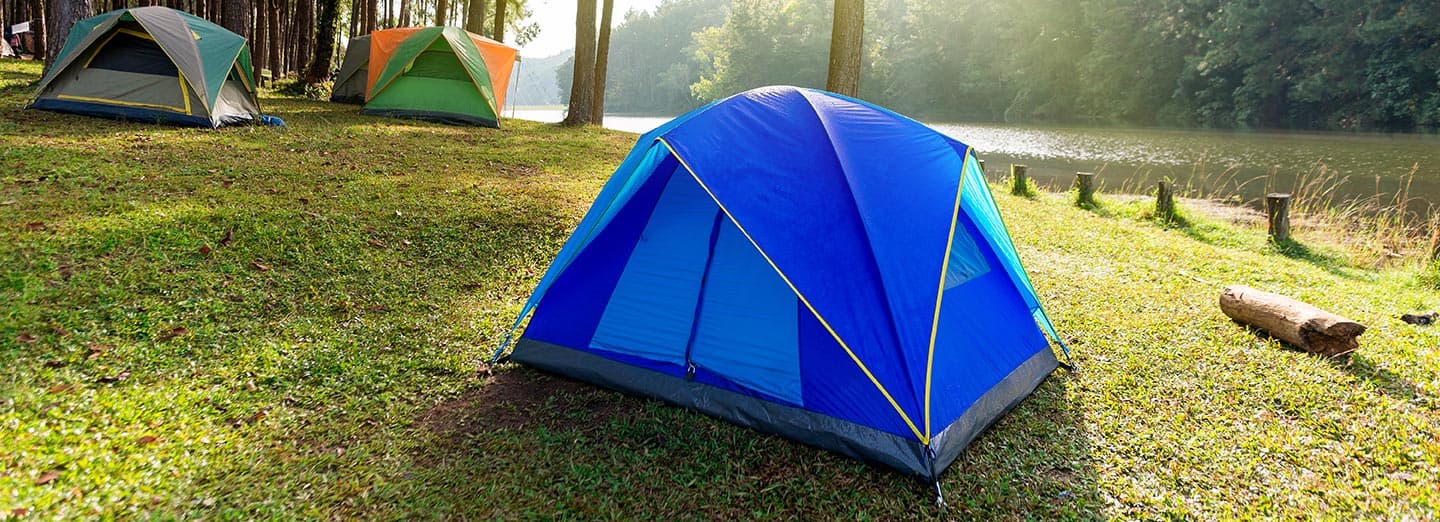
SUMMARY
Camping is a long-honored tradition for many families, including the BSA family. Timing, supplies, and location should be determined ahead of time so you can make the most of your camping experience. There might be some instances where you overthink or underestimate a camping trip, but there are also many ways to enjoy the adventure, fun, discovery, and teamwork involved. A campout safety checklist will help to ensure these aspects of camping are accomplished while keeping you safe.
GENERAL INFORMATION
Camping can be enjoyable in almost any area—from the backcountry to summer camp, as well as national high-adventure bases, to name a few. When you decide on a camping trip, you need to consider who, what, where, when, how, and why.
Here are a few items to check off on your Campout Safety Checklist:
- Documentation Needed—This includes medical records, guidebooks, and permission slips. A Scout leader can ensure your safety as well as his or her own when you are both better informed of any limitations, hazards, or permissions.
- Training—General training, such as Youth Protection training, CPR/first aid, and Hazardous Weather, or specific training, such as Trek Safely or Wilderness First Aid, gives you the confidence to know what to do in the event of an emergency.
- Planning—Planning is important. Become familiar with your campsite location and do some research about the weather, licensing/permit requirements, and project or activity guidelines so you can be prepared.
- Equipment—Plan for vehicles involved or tools necessary for your camping experience. Also consider trailer requirements and first-aid or emergency kits.
- Emergency Planning—A prepared Scout is a confident Scout. Keep a cellphone handy as well as a list of local authorities (fire department, police, hospitals, etc.) in case an emergency occurs, such as inclement weather or a lost Scout. If you are in the backcountry, canyons, or a remote location, coverage may be one to two hours away. A GPS tracking/messaging device is helpful in these locations.
- Program—Know your program. There should be age-appropriate activities, safety equipment, proper supervision, and a discussion on potential hazards.




